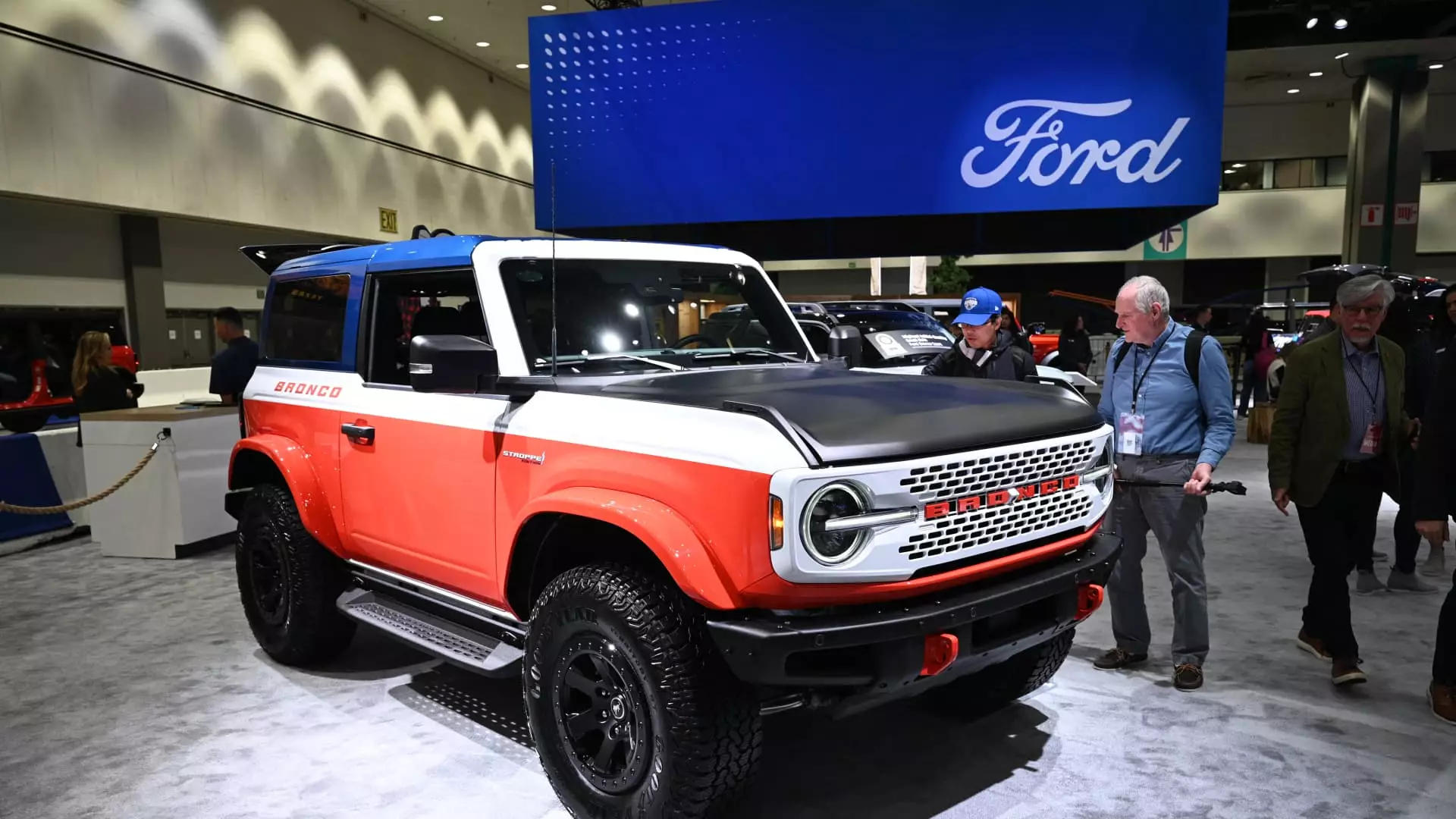The United States auto industry has shown promising signs of recovery as major automakers, including General Motors (GM) and Ford, reported their highest annual sales since the pre-pandemic era in 2019. With the automotive landscape having faced numerous challenges including the COVID-19 pandemic and persistent supply chain disruptions, the recent figures reflect not only resilience but also a crucial turning point for the industry as a whole. The combined efforts of automakers to regain market stability are evident in their escalating sales numbers, contributing positively to industry-wide forecasts that anticipate nearly 16 million vehicles sold in 2024.
Both GM and Ford have demonstrated remarkable year-on-year growth. GM retained its position as America’s leading automaker, achieving sales exceeding 2.7 million vehicles in 2024, marking a 4.3% rise compared to the previous year. This performance is particularly noteworthy as it approaches the 2.9 million units sold in 2019, illustrating a commendable rebound. Rory Harvey, GM’s president for global markets, attributed this success to their commitment to innovative vehicle design and performance, which has bolstered dealer satisfaction and customer engagement.
In contrast, Ford rolled out sales of approximately 2.08 million vehicles—a modest increase from under 2 million units in 2023. Notably, Ford’s sales performance included an 8.8% growth in the last quarter of the year, selling over 530,000 vehicles. While traditional internal combustion engine vehicles saw only a slight uptick of 0.2%, Ford’s electrified offerings, including hybrids and electric vehicles (EVs), surged by 38.3%, signaling a gradual shift towards sustainable transport.
One of the most notable trends emerging from the latest sales reports is the substantial rise in electric vehicle sales across the board. Despite GM’s overall sales growth, EVs contributed only 4.2% to its total sales, with just over 114,400 electric units sold. Nevertheless, GM has positioned itself optimistically within the EV market, estimating a 12% share during the fourth quarter of 2024. This figure aligns with broader industry trends emphasizing sustainable mobility, encouraging automakers to enhance their EV offerings.
Ford’s performance mirrored this trend with electrified vehicles accounting for 13.7% of its total sales. The significant growth in this segment indicates both consumer demand for greener alternatives and a broader industry shift towards electrification. As companies battle for market share in this evolving sector, the concerted investment in electric technologies may redefine the automotive landscape in the coming years.
Other automakers have also reported positive sales figures, contributing to an optimistic climate in the automotive sector. Toyota recorded a 3.7% increase, reaching over 2.3 million vehicles sold, despite experiencing a slight downturn in December. Honda reported an impressive 8.8% uptick, equating to approximately 1.4 million vehicles sold, alongside a notable month of December. Meanwhile, both Hyundai and its sibling company Kia set new sales records, underscoring a competitive and rapidly evolving marketplace.
These encouraging trends suggest that consumer confidence is rebounding, enticing buyers back into dealership showrooms. The automotive market, previously hindered by countless setbacks, is witnessing renewed enthusiasm as innovative technologies, including electrification and enhanced vehicle designs, are driving consumer choices.
As we look towards 2025, the positive momentum gained by GM, Ford, and other automakers signifies an industry poised for growth. The steadfast commitment to evolving product lines, particularly in terms of electric vehicles, paints a hopeful picture of sustainable future transport. Nonetheless, challenges remain, and the ongoing transformation of the sector will require continued innovation and adaptability.
The road ahead may be fraught with uncertainties, but if 2024 is any indication, the U.S. automotive industry is on a trajectory of recovery and growth that holds promise for companies and consumers alike. As automakers strive to meet the changing demands of the market, the question remains: How will they navigate this dynamic landscape full of opportunities and challenges?

